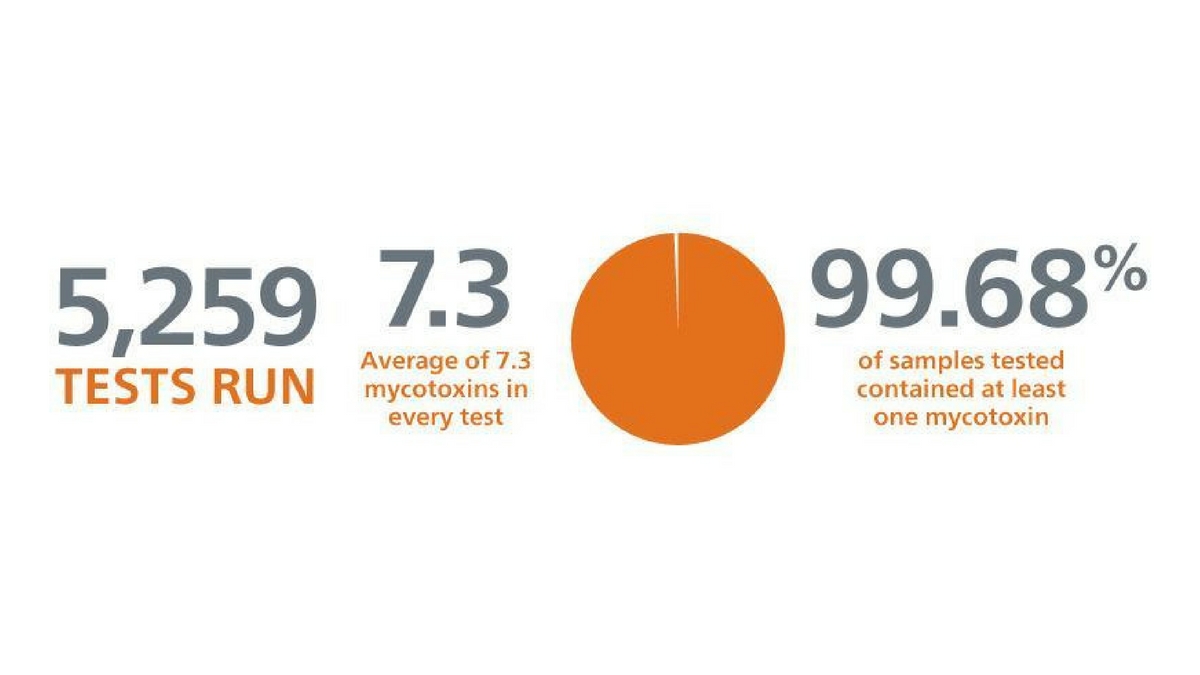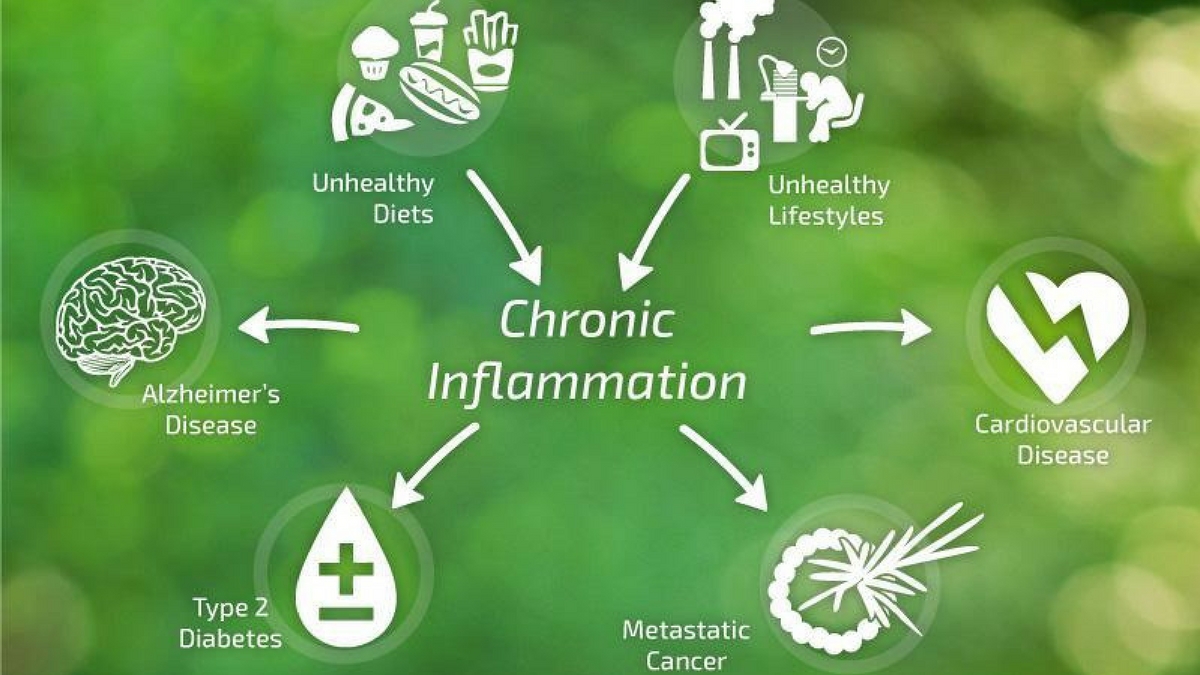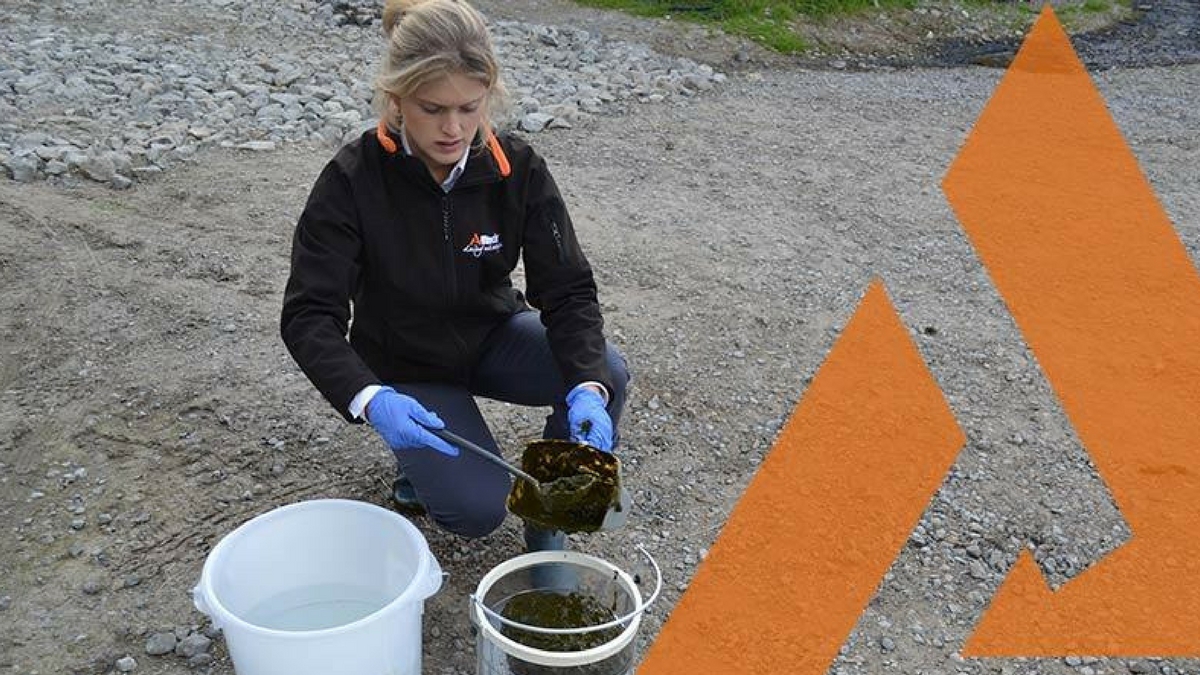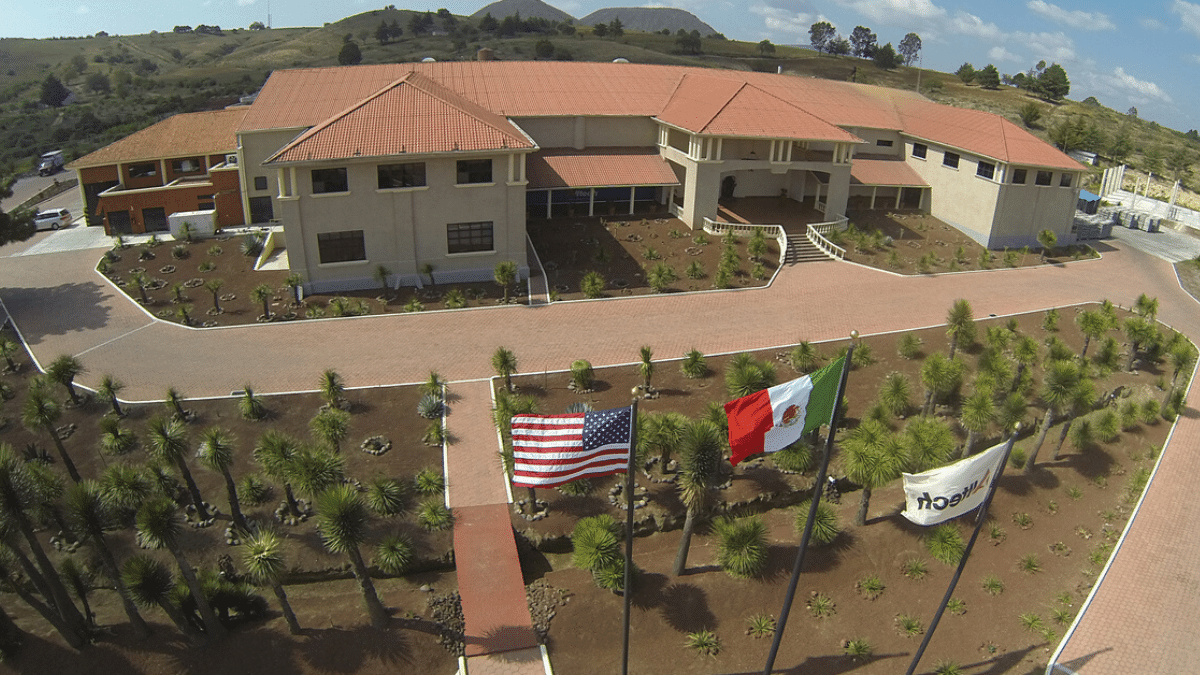Emerging and Re-emerging Diseases on a Crowded Planet
The contemporary landscape of disease outbreak is composed of newly identified diseases and 'old' diseases that re-emerge. New diseases are shocking and scary in a modern world, causing public health officials to shore up response plans and funding organizations to mobilize. Reappearance of 'old' diseases is in many ways even more appalling because it usually means public health measures have failed or prevention would have been possible.
Why do old diseases re-emerge?
Lots of old diseases are new again
Re-emerging diseases are caused by known pathogens that have either spread to new geographic areas or populations, evolved into more infectious forms or reappeared after having been eradicated. Numerous examples include reappearance of cholera in the Americas in 1991 and evolution of drug-resistant forms of tuberculosis. Influenza, familiar to all of us, is constantly re-emerging. Its genetic variations and rapid adaptations allow the virus to serve up new strains each cold-and-flu season that our immune systems are not primed to fight.
Environmental changes ranging from dam construction to earthquakes and tsunamis alter water levels and drainage patterns that in turn alter the ecology of insect vectors such as the mosquito that carries Dengue Fever. Politics play a role as well. For instance, political upheaval following the demise of the Soviet Union interrupted public health controls and vaccine availability that allowed diphtheria to become epidemic in Russia, Ukraine and the newly independent states.
Politics is also a factor in funding prevention programs. While an epidemic is raging, the political momentum needed to throw public money into the fight is easily gathered. Once epidemics are controlled, however, political winds change. It is much harder to sway votes to fund clinic maintenance and prevention strategies.
How new zoonotic diseases emerge
Disease spillover - one of the perils of a crowded planet
Host, pathogen and environment together determine whether a new disease emerges. Something disturbs the balance. When the disease is caused by a zoonotic pathogen (one that jumps from animals to humans), the biggest disturbance happens when human and animal ecologies overlap to provide easy opportunities for pathogen spillover. Ours has become an increasingly crowded planet. The human population went from 1.6 to 6.1 billion in only 100 years (1900-2000). We are part of the biggest demographic event in human history. Our exploding human population is paralleled by a huge increase in food and companion animal numbers. In 2014, wildlife, human and domestic animal habitats overlap to an alarming extent at many points on the globe. Imagine what the overlap will look like in 2050 with an expected human population of >9 billion…
Closer and more frequent contact among species simplifies spillover of disease-causing pathogens. Bats, along with rats, are reservoirs for many pathogens and interact with many species. Reservoir hosts carry and transmit a pathogen, but survive the infection. Bats have been implicated in a number of spillover outbreaks in recent years, including the Ebola and Marburg hemorrhagic fevers caused by filoviruses. Bats are excellent reservoir species as they have relatively long lives, live in colonies, and range widely across wildlife, human and food animal habitats. Transmission dynamics are not completely understood, but the epidemiological links are well-established. In addition to instances where food animals have served as intermediate hosts, fruit bats are also hunted for food in parts of Africa and Asia. The slaughter and preparation of bush meat provides a direct path for pathogens to jump from wildlife to humans.
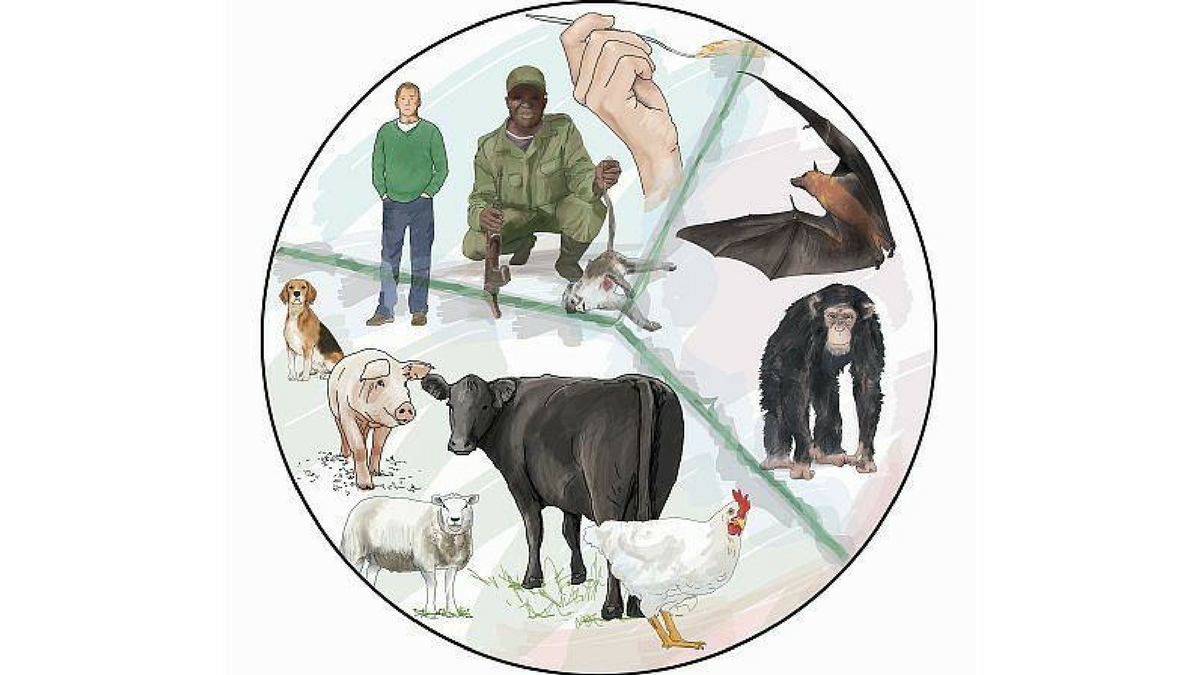
<p></p>













